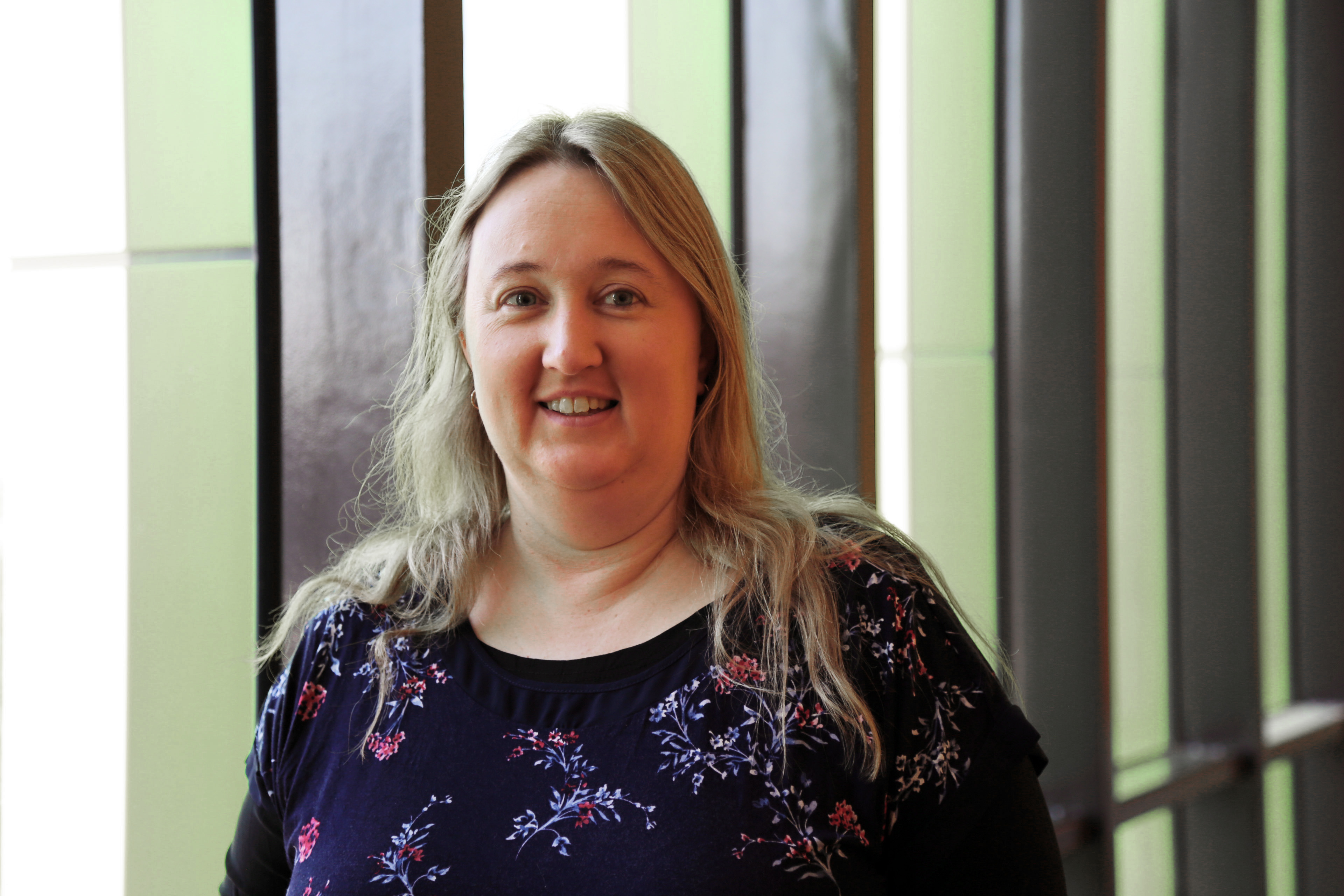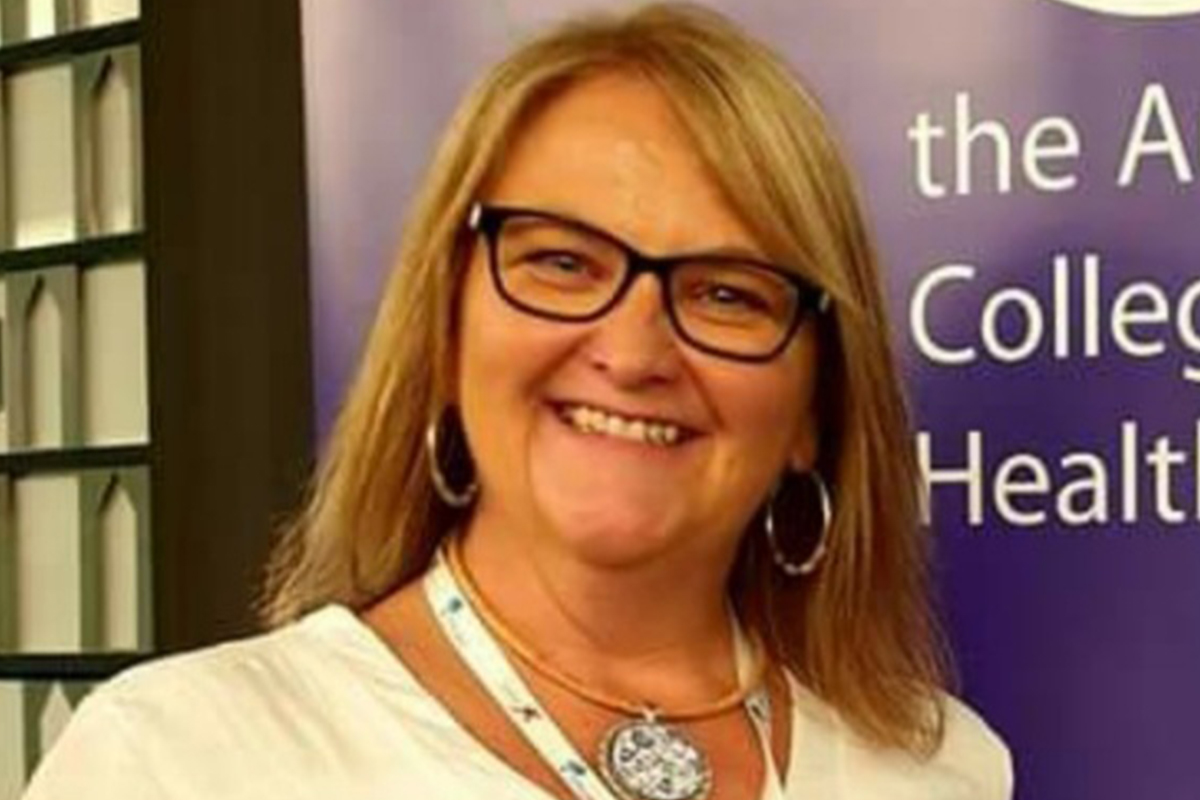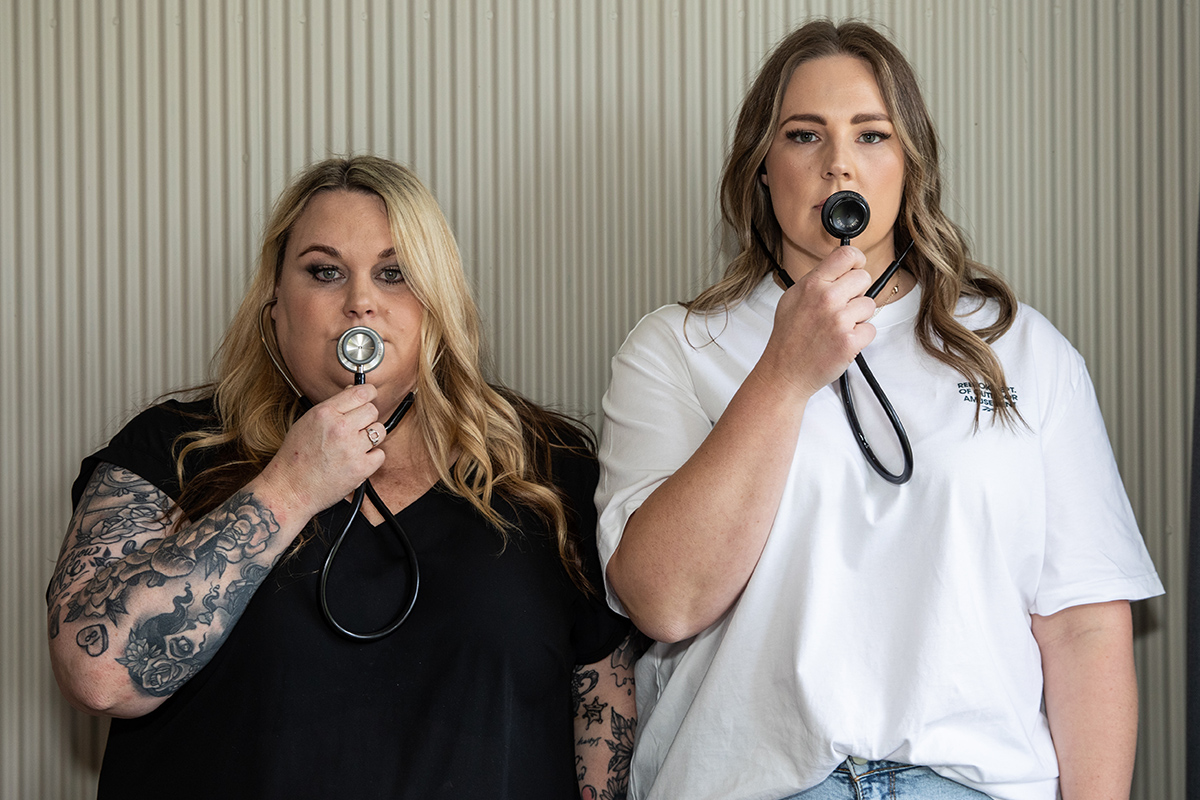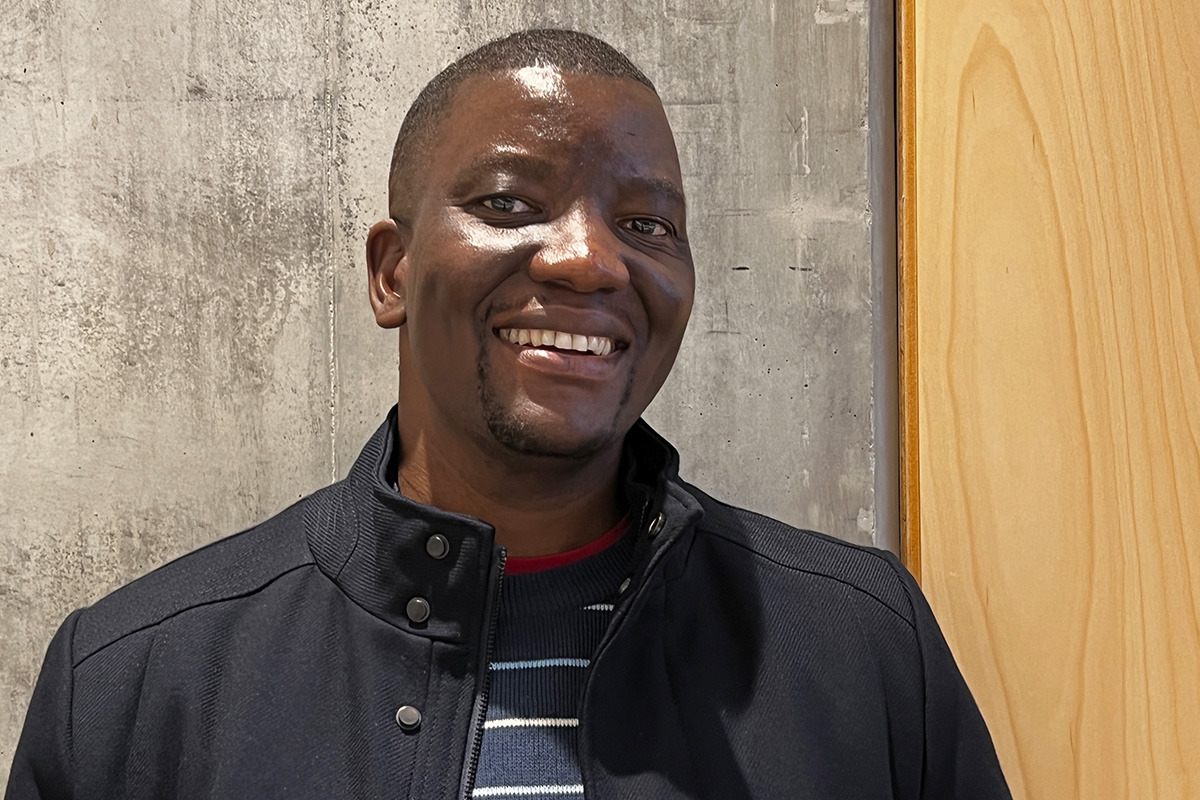
Nurse practitioner and teacher Leanne Boase.
‘Documenting patient care’ is a subject that Leanne Boase admits could make tired nurses sigh.
Yet she still remembers the senior nurse and mentor who sat down with her when she was a third-year nursing student and showed her how to document an admission, write progress notes and fill out discharge documentation.
‘That has set me up for my entire career,’ Leanne says. And as a nurse practitioner with two Masters degrees as well as expertise in paediatric asthma and eczema, and emergency nursing, Leanne has much knowledge to share.
Leanne presents the ANMF (Vic Branch) courses ‘Asthma management – paediatric and adult’, ‘Management of common skin conditions in babies’ and on 19 October will present our course ‘The principles of documentation in the current nursing environment’.
Leanne will be not only setting out the ‘how’ of documentation but why it is so crucial to a patient’s care. She will be taking a practical, active learning approach, using case studies and sharing de-identified experiences from her own practice to inspire class discussion.
Documenting patient care is intrinsic to nursing and midwifery, so being clear about how to do it effectively can also ease time pressure in your life at work.
‘We are the ones that document every single shift, we are the ones documenting progress for the patient and we are the ones at the bedside effectively with the patient all the time. The onus is really on nursing to provide the bulk of documentation in terms of patient progress,’ Leanne said.
Documentation is also a safety and quality issue: when things go wrong, the quality of the patient’s notes can be crucial in determining what happened.
Leanne acquired the expertise in asthma and eczema that she brings to teaching ‘Asthma management – paediatric and adult’ after seeing a great community need.
Prior to becoming endorsed as a nurse practitioner in 2009, she began working with a paediatrician who mentored her in these conditions.
It’s not uncommon for nurses – and particularly nurse practitioners – to grow their skills to meet areas of need, Leanne observed. Being able to fulfill the needs of
patients was a strong motivator in Leanne’s decision to become a nurse practitioner.
After graduating in 1995, Leanne worked in a GP clinic and did some agency work before moving to north-east Victoria to work in a hospital.
‘When I went rural it really highlighted for me the extraordinary need for health practitioners that could look after a broader range of people,’ she said. ‘Being the nurse
in the hospital and having to call in the doctor at three in the morning for something I already knew how to deal with…’
Leanne went back to study, undertaking a Graduate Certificate in Emergency Nursing followed by a Master of Nursing and Master of Health Science before doing her nurse practitioner candidacy in critical care and emergency nursing. She became endorsed as a nurse practitioner in 2009.
As well as teaching and being a director in a medical property business, Leanne works as a nurse practitioner in three medical clinics. For her, the best part about being a nurse practitioner is the follow-through with patients and being able to take time to get to know them and their health conditions.
‘I get to support them, I get to educate them, I get to see them numerous times around the one issue,’ she said.
‘So I get to follow up my asthma patients on a regular basis, I get to see my eczema patients until their eczema is under control and follow them through the whole pathway.
‘And I also get to work with their other healthcare providers – I work with their GP, I work with their paediatrician.’
Indeed, Leanne had to turn down a patient who wanted too little of her time. They wanted her to squeeze them in for a five minute consultation between appointments with other patients.
‘I thought “I have never spent (only) five minutes with a patient”,’ Leanne says.
The Australian College of Nurse Practitioners is undertaking a campaign, Transforming Health Care, to raise awareness of the nurse practitioner role and what it offers both nurses and patients.
See the website transforming healthcare.org.au to read more about individual nurse practitioners, the nurse practitioner role and pathways to becoming an NP.




